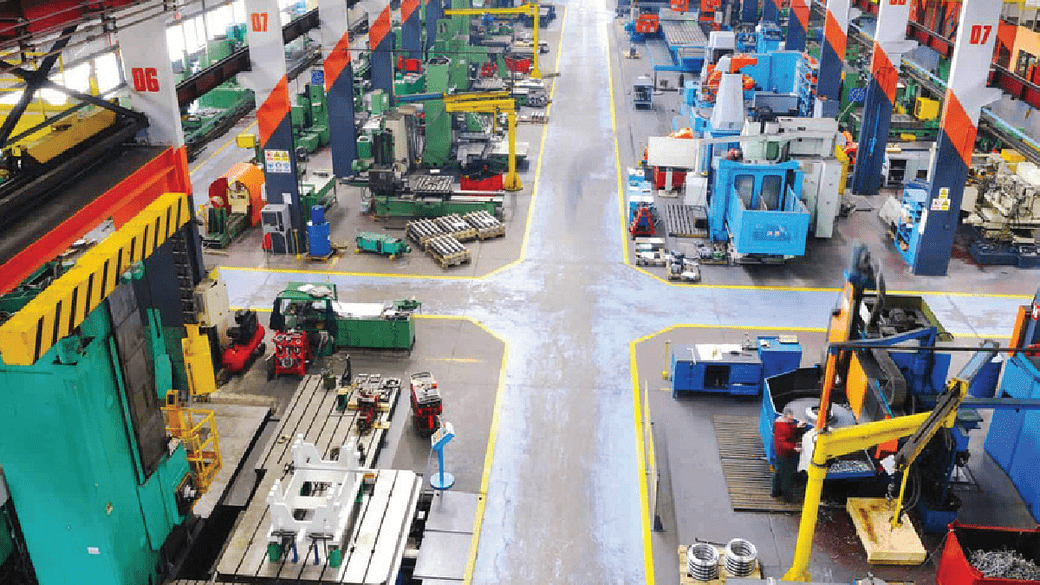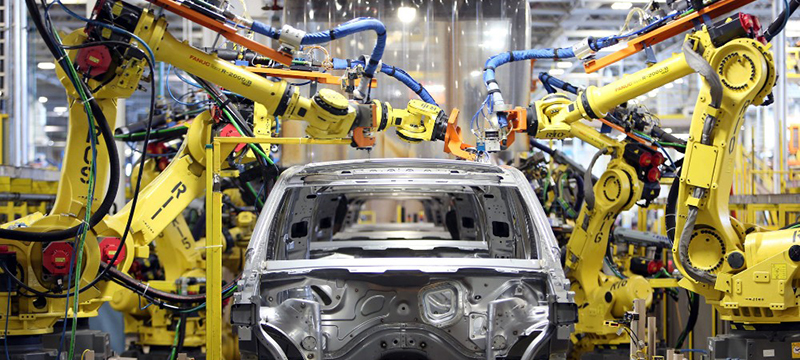Global Forum For Indurstrial Devlopment is SPONSORED BY ICO INDIA
- MP Society Registration (Act. 1973 No. 44) 03/27/01/21857/19 (MSME Forum Established Since-2009)

India was the fifth-largest auto market, with ~3.49 million units combined sold in the passenger and commercial vehicles categories. It was the seventh largest manufacturer of commercial vehicles in 2019. The two wheelers segment dominate the market in terms of volume owing to a growing middle class and a young population. Moreover, the growing interest of the companies in exploring the rural markets further aided the growth of the sector. India is also a prominent auto exporter and has strong export growth expectations for the near future. In addition, several initiatives by the Government of India and major automobile players in the Indian market is expected to make India a leader in the two-wheeler and four-wheeler market in the world by 2020
Domestic automobiles production increased at 2.36% CAGR between FY16-20 with 26.36 million vehicles being manufactured in the country in FY20. Overall, domestic automobiles sales increased at 1.29% CAGR between FY16-FY20 with 21.55 million vehicles being sold in FY20. In FY21, the total passenger vehicles production reached 22,652,108. In June 2021, total volume of passenger vehicles, three wheelers, two wheelers and quadricycle production reached 1,693,639 unit. Two wheelers and passenger vehicles dominate the domestic Indian auto market. Passenger car sales are dominated by small and mid-sized cars. Two wheelers and passenger cars accounted for 80.8% and 12.9% market share, respectively, accounting for a combined sale of over 20.1 million vehicles in FY20. Two-wheeler sales stood at 995,097 units, while passenger vehicle sales stood at 261,633 units in April 2021. Overall, automobile export reached 4.77 million vehicles in FY20, growing at a CAGR of 6.94% during FY16-FY20. Two wheelers made up 73.9% of the vehicles exported, followed by passenger vehicles at 14.2%, three wheelers at 10.5% and commercial vehicles at 1.3%.

In order to keep up with the growing demand, several auto makers have started investing heavily in various segments of the industry during the last few months. The industry has attracted Foreign Direct Investment (FDI) worth US$ 25.85 billion between April 2000 and March 2020, according to the data released by Department for Promotion of Industry and Internal Trade (DPIIT). Some of the recent/planned investments and developments in the automobile sector in India are as follows:
Civic bodies like the corporation of Thiruvananthapuram have initiated larger scale, sustainable initiatives to help citizens grow healthy fresh produce locally. Residents are offered services and subsided kit to grow up to 30 vegetable varieties.
In stark contrast to these ‘farmers by choice’ are the traditional farmers who use urban land because it is all they have available, and depend on urban farming for subsistence.
The best known example is probably the fruit, vegetable and flower growers who operate on small patches of land along the banks of the Yamuna river in Delhi. The vegetable and flower growers who own or rent small patches of land along the banks of the Yamuna, in suburban Delhi. They make just enough to subsist, seasonally rotating crops such as tomato, peas, onion, gourd and bitter gourd, spinach, cauliflower and radish, for sale in the local vegetable markets. As many as 7000 small urban farmers are estimated to exist around Delhi alone, providing fresh vegetables to the urban population. Constant threat of displacement by construction, lack of clarity about land ownership and zoning, as well as effluents that pollute the water they use for irrigation.

The automobile industry is supported by various factors such as availability of skilled labour at low cost, robust R&D centres, and low-cost steel production. The industry also provides great opportunities for investment and direct and indirect employment to skilled and unskilled labour. Indian automotive industry (including component manufacturing) is expected to reach Rs. 16.16-18.18 trillion (US$ 251.4-282.8 billion) by 2026. The Indian auto industry is expected to record strong growth in 2021-22, post recovering from effects of COVID-19 pandemic. Electric vehicles, especially two-wheelers, are likely to witness positive sales in 2021-22. A study by CEEW Centre for Energy Finance recognised US$ 206 billion opportunity for electric vehicles in India by 2030.
It seems like Indian city-dwellers are trying to bring farms to their rooftops on one hand, while crowding out existing urban producers on the other.